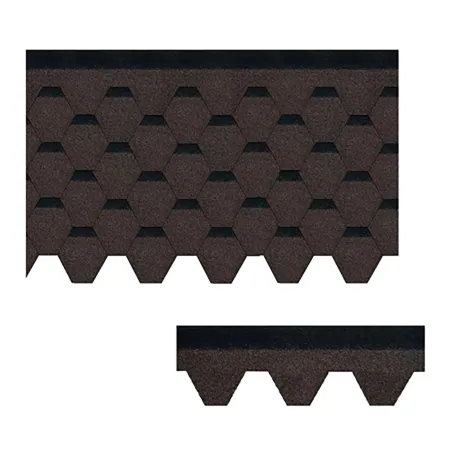
សីហា . 28, 2024 07:28 Back to list
How Much Does a Square of Architectural Shingles Weigh? | Roofing Guide
When it comes to roofing materials, architectural shingles are a popular choice due to their aesthetic appeal and durability. However, one commonly overlooked factor in the installation of these shingles is their weight. Understanding how much a square of architectural shingles weighs is essential for several reasons, including structural considerations, cost implications, and installation procedures.
Firstly, let's define what a square of shingles is. In roofing terminology, a square refers to an area of 100 square feet. This measurement is crucial for roofing contractors and homeowners alike when estimating the quantity of shingles needed for a roofing project.
The weight of architectural shingles can vary depending on the manufacturer, materials used, and product design. On average, a square of architectural shingles typically weighs between 200 and 400 pounds. To put this into perspective, lighter weight shingles may be around 200-250 pounds per square, while heavier, premium-grade architectural shingles can weigh up to 340-400 pounds per square.
The weight of the shingles you select plays a significant role in how you approach your roofing project. If your home’s structure is older or not built to support heavy roofing materials, it is vital to consider the additional weight. This is especially true for roofs that may already have multiple layers of shingles. In some cases, it may be necessary to remove existing shingles before installing new ones in order to maintain structural integrity.
how much does a square of architectural shingles weigh

Moreover, the weight of the shingles can also affect shipping and labor costs. Heavier shingles may incur higher shipping fees, while installation may require more manpower and time. Contractors must plan accordingly to ensure they have the appropriate resources to manage the weight of the materials effectively.
Additionally, heavier architectural shingles often provide better wind resistance and durability, making them a worthwhile investment in certain regions prone to extreme weather conditions. Conversely, lighter shingles can be easier to work with and may be suitable for less demanding environments. Ultimately, the decision between lighter and heavier shingles should be based on both the geographical location and the specific needs of the homeowner.
Installation techniques can also vary based on the weight of the shingles chosen. Heavier shingles may require additional support and different nailing patterns to ensure they stay in place during inclement weather. It’s crucial to follow the manufacturer’s guidelines for installation to ensure the longevity and performance of the roofing system.
In conclusion, the weight of a square of architectural shingles is a critical factor that impacts various aspects of a roofing project, from structural considerations to cost and installation techniques. Homeowners and contractors must carefully evaluate their options and consider the weight of shingles as part of their planning process. By taking the time to understand these factors, you can make informed decisions that will lead to a successful and durable roofing installation.
-
Moonlight White HIREFLE Granules with GPT-4 Turbo
NewsAug.02,2025
-
Premium Round Asphalt Shingles: Durable & Elegant Roofing
NewsAug.01,2025
-
Eco-Friendly Clay Tiles | AI-Enhanced Durability
NewsJul.31,2025
-
Durable Shingle Granules for Premium Roofs
NewsJul.31,2025
-
Stone Coated Metal Roof Tile-Roman Tile for Durable Roofing Solutions
NewsJul.30,2025
-
Stone Coated Metal Roof Tile-Wood Grain Tile for Durable Roofing
NewsJul.30,2025







